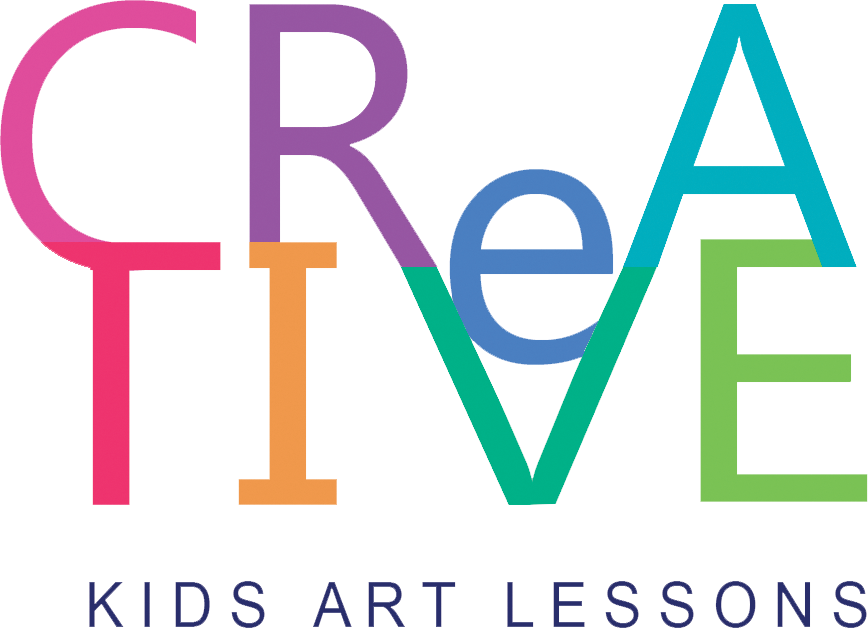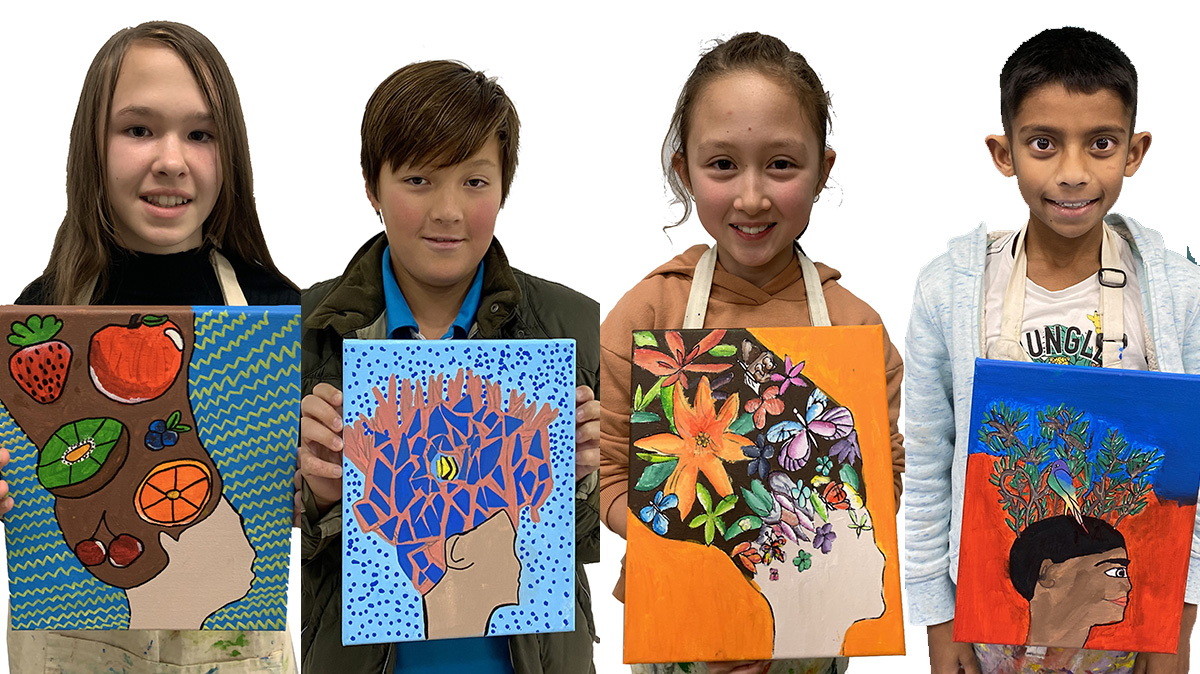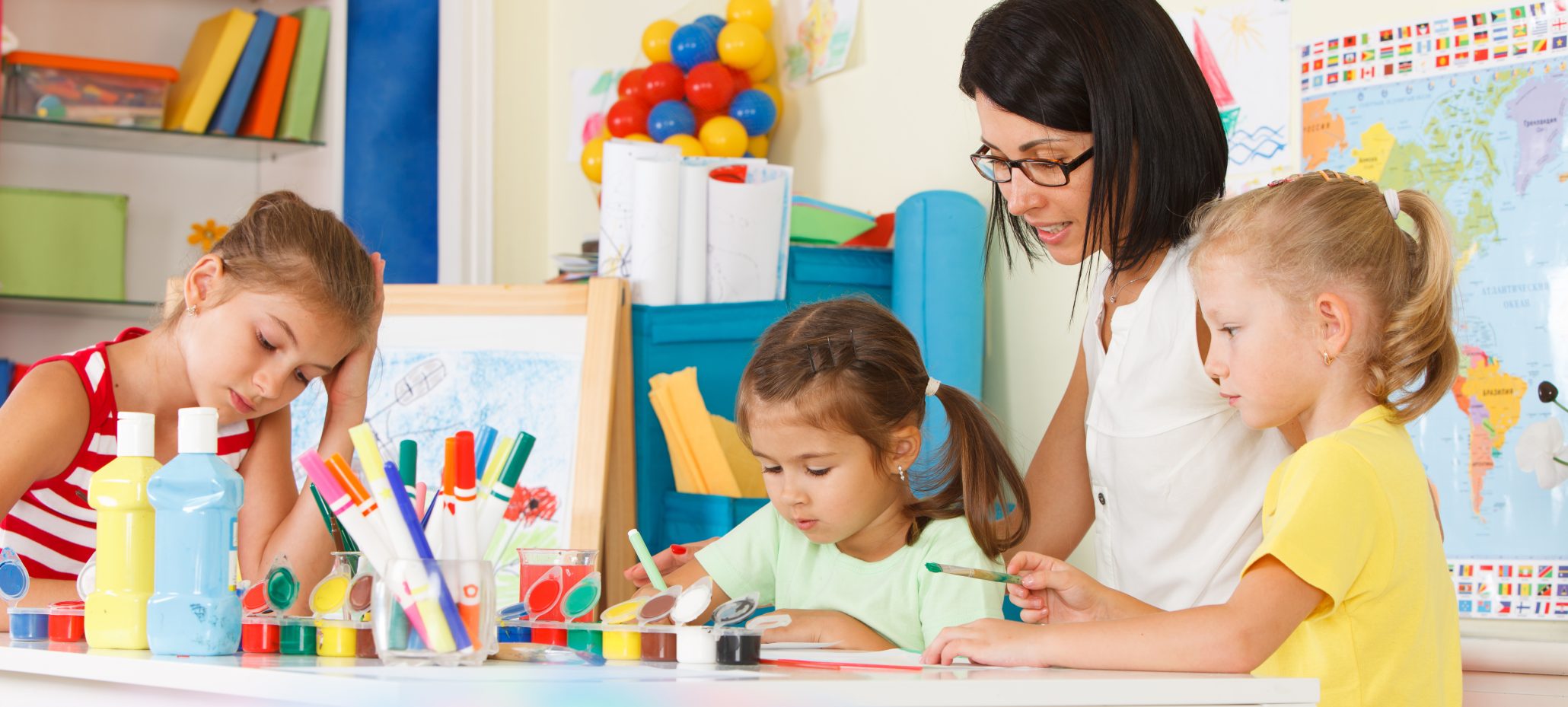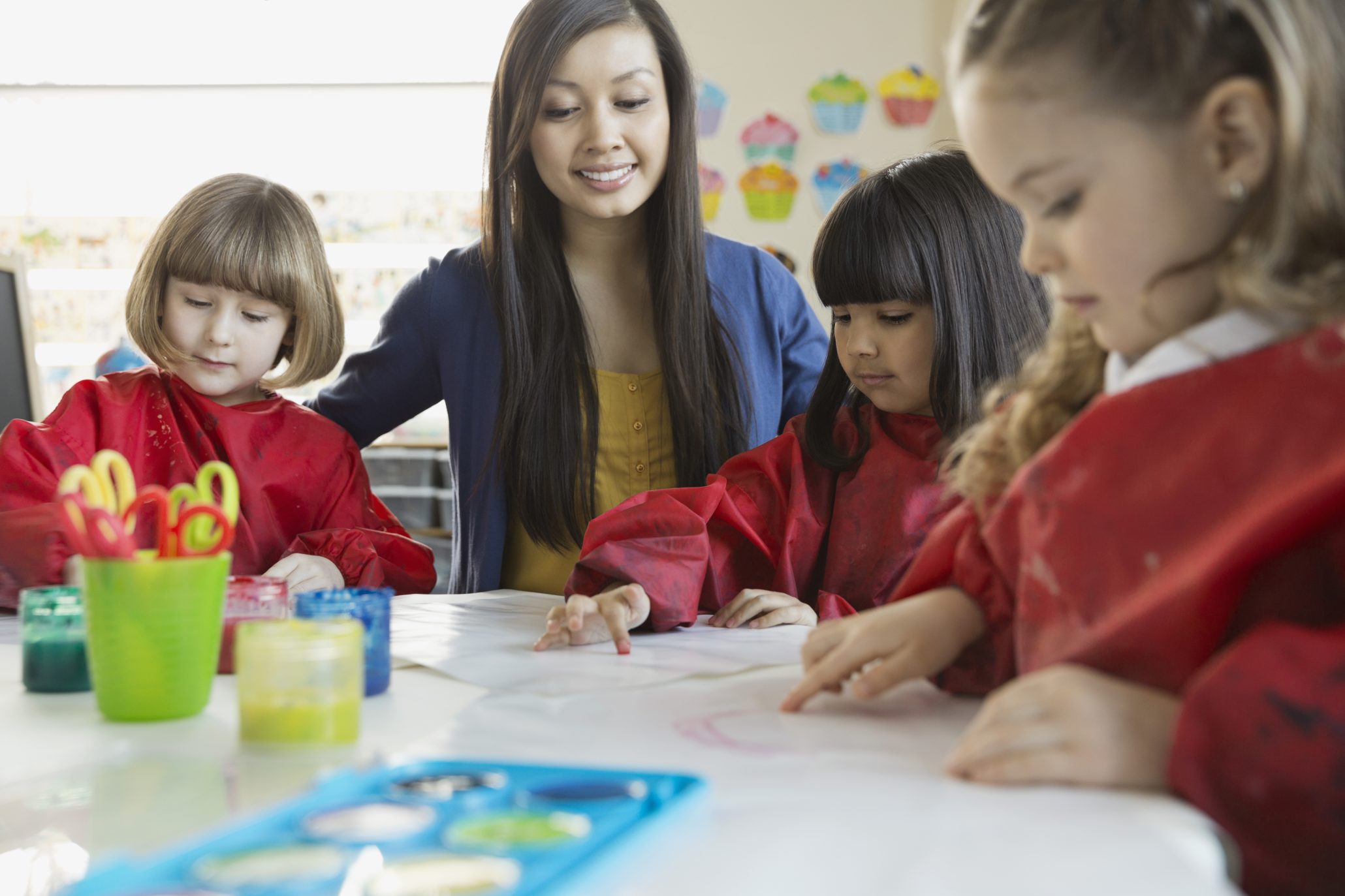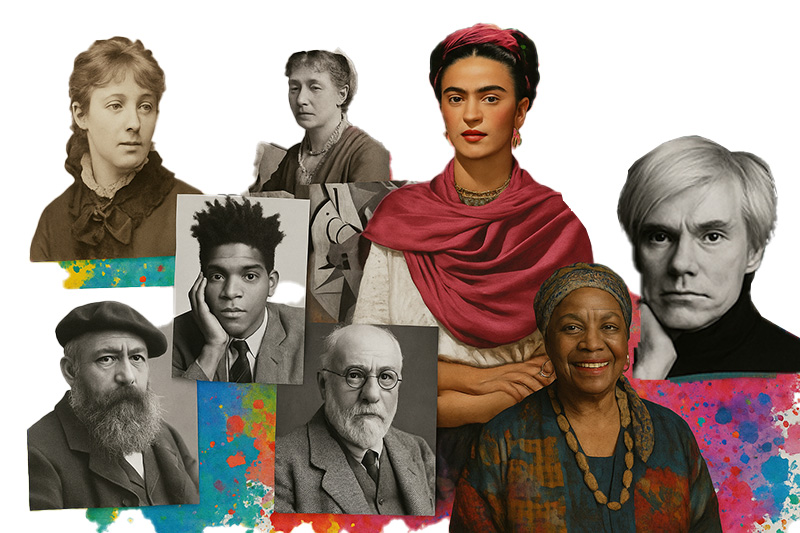Why Children Enjoy Lessons Based on Themselves and Their Environment
In today’s schools, making lessons engaging and meaningful is a top priority for teachers and parents alike. One way to capture children’s interest and enhance their learning experience is by tailoring lessons to their own lives and the environment around them. But why do children particularly enjoy lessons that revolve around their personal experiences and surroundings? Let’s look into the reasons behind this and explore how this approach can benefit young learners.
Personal Connection Enhances Engagement
One of the primary reasons children find lessons based on themselves more enjoyable is because of their relatability. When educational content incorporates elements of a child’s own life—be it a self-portrait, such as the surrealist self portraits above, an artwork of their home, or their pets—it becomes more engaging and meaningful. An art lesson that uses examples from a child’s local environment such as flowers and plants or pets can significantly boost their interest and participation. When children see how learning connects to their own world, they are naturally more motivated and curious.
Environmental Context Enriches Understanding
Lessons that integrate the local environment or community provide a real-world context that enriches a child’s understanding. By exploring topics such as local wildlife, community history, or environmental issues, children gain a deeper appreciation and practical insight into what they’re learning. For example, an art lesson on my city becomes much more tangible when it involves studying the local buildings. This approach not only makes abstract concepts more concrete but also helps children see the relevance of their studies to the world around them.
Encouraging Exploration and Curiosity
Lessons based on personal and environmental contexts encourage active learning and exploration. Children are naturally curious, and when they have the opportunity to explore their own surroundings, they become more engaged and enthusiastic learners. Activities like collecting local plants and flowers, or hands-on experimenting in familiar settings can stimulate a child’s imagination and foster a love for learning. Additionally, this exploration helps develop critical thinking skills as children observe, analyse, and draw conclusions about their environment.
Building Self-Esteem and Confidence
Focusing on topics related to an individual child also contributes to building self-esteem and confidence. When children see that their interests and backgrounds are valued in their education, it fosters a sense of ownership and pride in their learning. This boosts their self-esteem and encourages them to take on new challenges with confidence. Furthermore, when children are recognized for their uniqueness, it helps them feel more connected and engaged in their educational journey. Children also become more confident with self-expression in artistically conveying their personal experiences which is likely to impact other aspects of their life.
In Conclusion
Incorporating elements of a child’s personal life and environment into lessons offers numerous benefits, from enhancing engagement to building confidence. By making learning more relatable and contextually relevant, educators and parents can create a more dynamic and effective educational experiences. As we continue to strive for innovative teaching methods, considering how lessons reflect children’s own worlds can make a significant difference in their enthusiasm and success.
Have you observed the impact of personalized and environment-based lessons in your own experiences? Share your stories and ideas on how these approaches have enriched learning for children in your school or community. Let’s continue the conversation on making education more engaging and meaningful for every learner, email us at hello@creativekidsartclub.com we’d love to hear from you.
Latest Articles
Popular kids art lessons for teachers and ideas for the artroom
Tips for creating with fibre and Textiles in the classroom […]
10 Tips to Support Mental Health and Wellbeing for Art […]
Celebrating Artists’ Birthdays All Year Round Why not bring a […]
